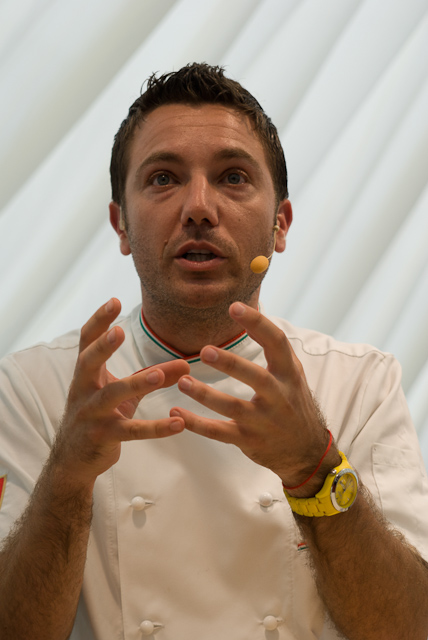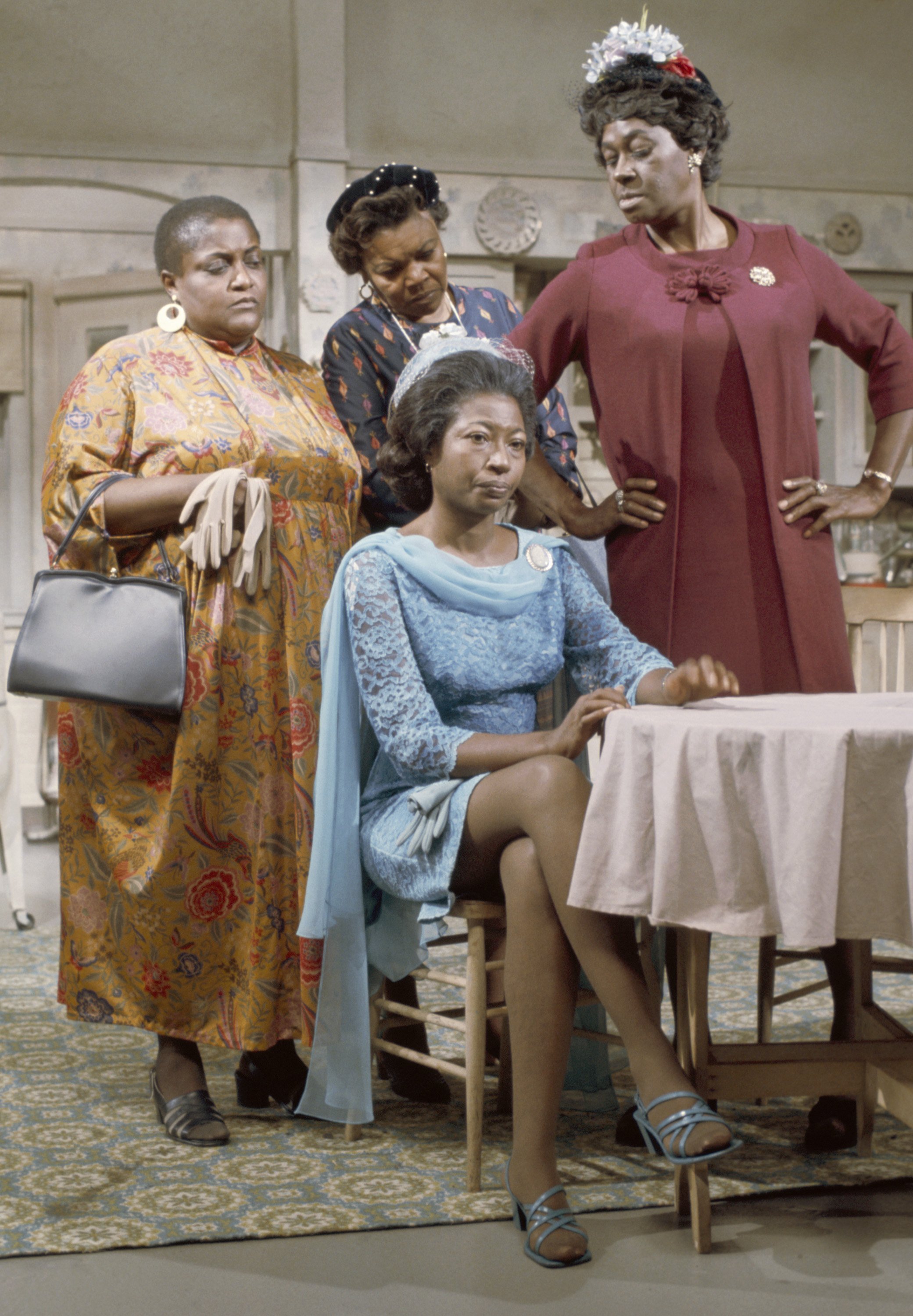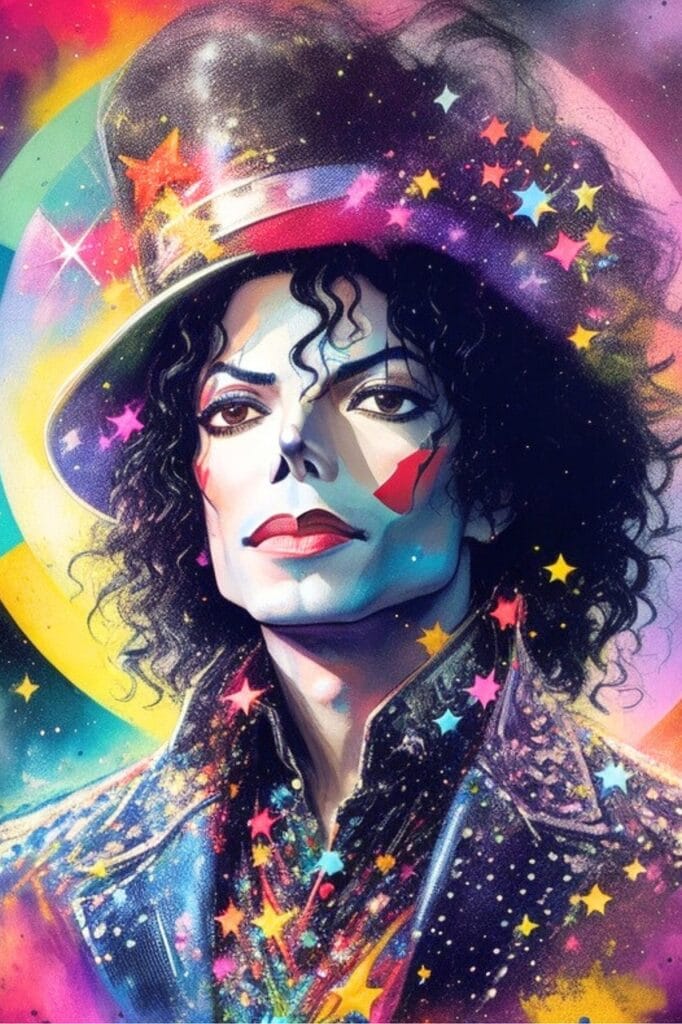
When Michael Jackson, the King of Pop, unexpectedly passed away in June 2009 at the age of 50, the world stood still. His death was a global shockwave, bringing millions to grief and sparking an unprecedented surge in online traffic and music sales. But as the initial mourning subsided, a different kind of revelation began to emerge—details from his autopsy and the subsequent investigation that painted a stark, often heartbreaking, picture of the private struggles of a man who was obsessed with privacy.
Jackson, once the embodiment of power and health, had battled years of cosmetic surgeries, prescription drug dependencies, and an apparent struggle with anorexia. The secrets he meticulously guarded during his life were laid bare in the wake of his death, offering a glimpse into the complex reality behind the iconic performer. It was a story far more intricate and tragic than many could have imagined, exposing a body ravaged by illness, addiction, and the relentless pursuit of an image.
We’re about to take a deep dive into some of the most startling and significant details that came out about Michael Jackson after he died. From the grim findings of his autopsy to the hidden physical tolls of his life, these revelations offer a poignant, sometimes disturbing, insight into the King of Pop’s final years and the silent battles he fought away from the spotlight. Get ready, because these are the stories that really shocked us all.
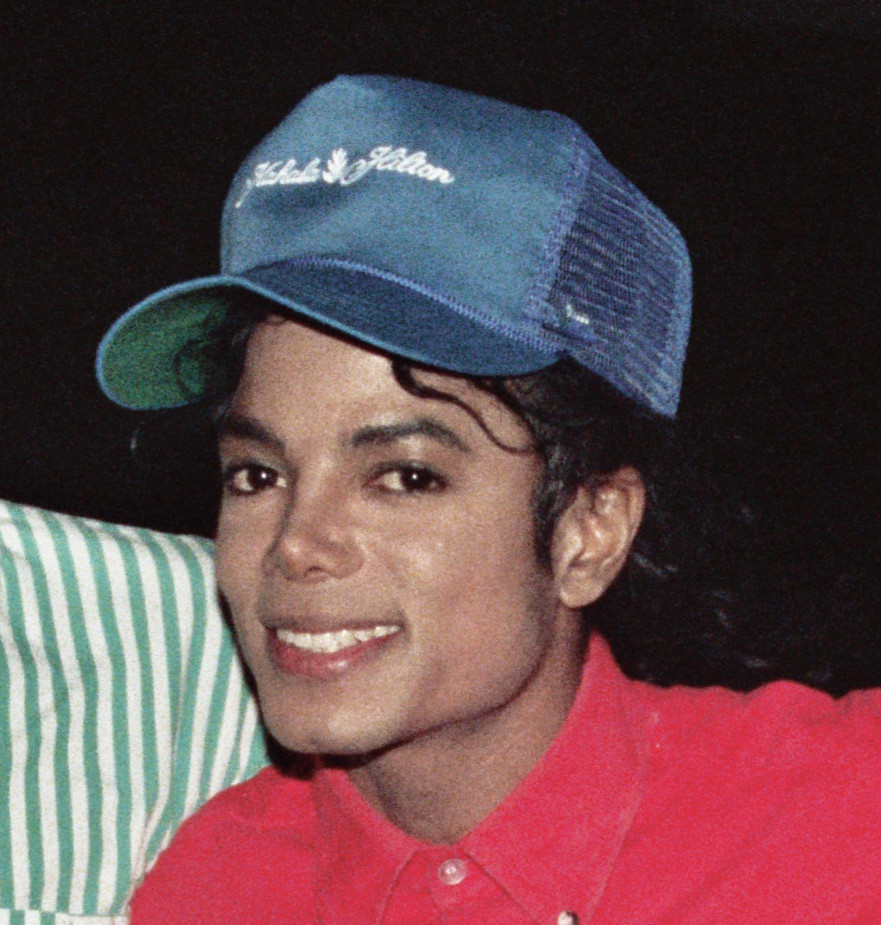
1. **The Grim Autopsy Report and His Frail State**The autopsy report on Michael Jackson made for truly horrifying reading, revealing a body that was a shadow of its former powerful self. Despite his initial image of vitality, years of physical and medical challenges had taken a severe toll. The King of Pop, who tragically passed away at just 50, had shriveled down to a mere 8st 10oz at the time of his death, or 112.6lb, according to different reports, a figure that spoke volumes about his declining health.
Beyond his emaciated state, the report detailed a body marked by various scars and mystery wounds. It noted that there was “nothing but partially dissolved pills in his stomach” at the time of death, suggesting a severe battle with eating disorders, as he reportedly survived on “just one tiny meal a day.” This grim detail alone painted a picture of extreme self-neglect, a stark contrast to the energetic performer the world knew.
A source close to the singer later revealed to The Sun, “He was skin and bone, his hair had fallen out, and he had been eating nothing but pills when he died.” This heartbreaking account underscores the severity of his condition, suggesting a terminal decline that had been ongoing for some years, hidden from public view. It truly makes you wonder about the immense pressure he must have been under, and the silent suffering he endured.
Surprisingly, despite his overall frail appearance, the autopsy report concluded that Jackson was “otherwise healthy for his age” and that his heart was “strong.” His other major organs were “normal,” and he had “no atherosclerosis except for some slight plaque accumulation in the arteries in his leg.” However, his lungs were found to be “chronically inflamed,” though this condition was ultimately not deemed a contributing factor to his death.
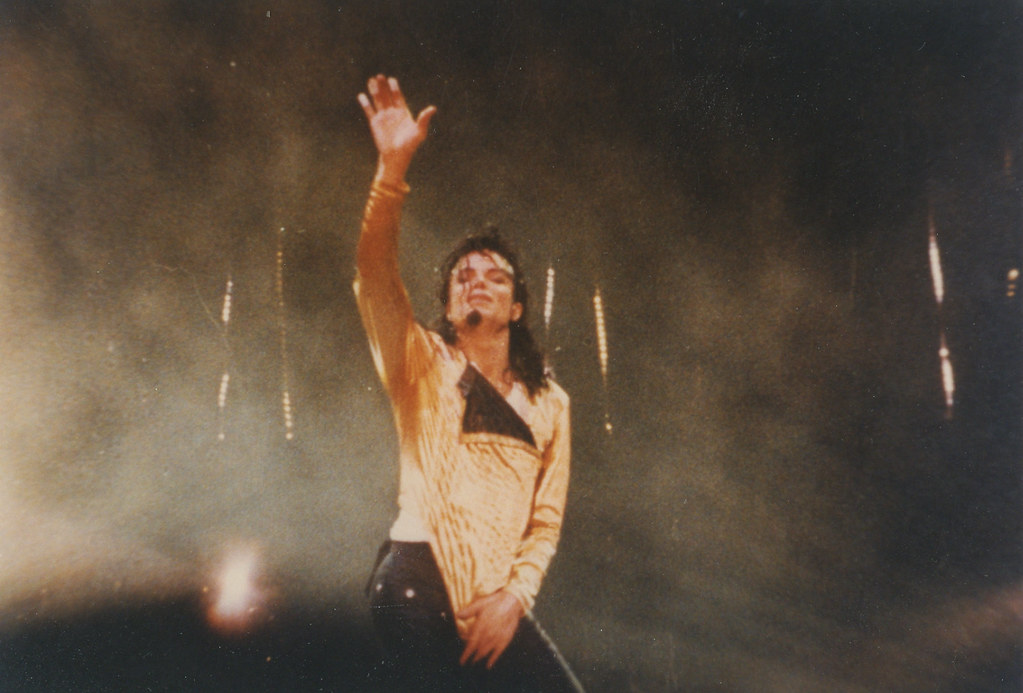
2. **Puncture Wounds: A Hidden Struggle**One of the most visually shocking details to emerge from the autopsy was the sheer number of puncture wounds discovered across Michael Jackson’s body. The report graphically detailed these marks on his neck, arms, hips, thighs, and shoulders, damning proof of what investigators believed was a severe drug dependency. These weren’t just a few isolated marks; they were widespread, suggesting a pattern of regular injections.
These puncture wounds were believed to have been caused by the drugs he was injecting in a desperate bid to overcome chronic insomnia. Imagine being so unable to sleep that you resort to such measures. His hips, thighs, and shoulders were also covered in puncture marks, from what were believed to be painkiller injections. This revelation painted a clear picture of a man in constant physical discomfort or distress, seeking relief through medication.
The “pin-cushion Jacko” description that emerged from the post-mortem illustrations was particularly harrowing. There were “13 puncture marks on Jackson’s body,” and a staggering “38 marks in total,” as stated in the 51-page coroner’s report. This sheer quantity of injection sites highlights the extent of his reliance on administered drugs, whether for sleep, pain, or other undisclosed issues, making his body a testament to his hidden battles.
The disfigurement caused by years of plastic surgery and these injection marks, as the source told The Sun, “show he’d been in terminal decline for some years.” It truly brought to light the private torment he endured, a silent, physical manifestation of the immense pressure and pain he carried. It was a stark contrast to the flawless image he often projected, revealing a deeply vulnerable side.
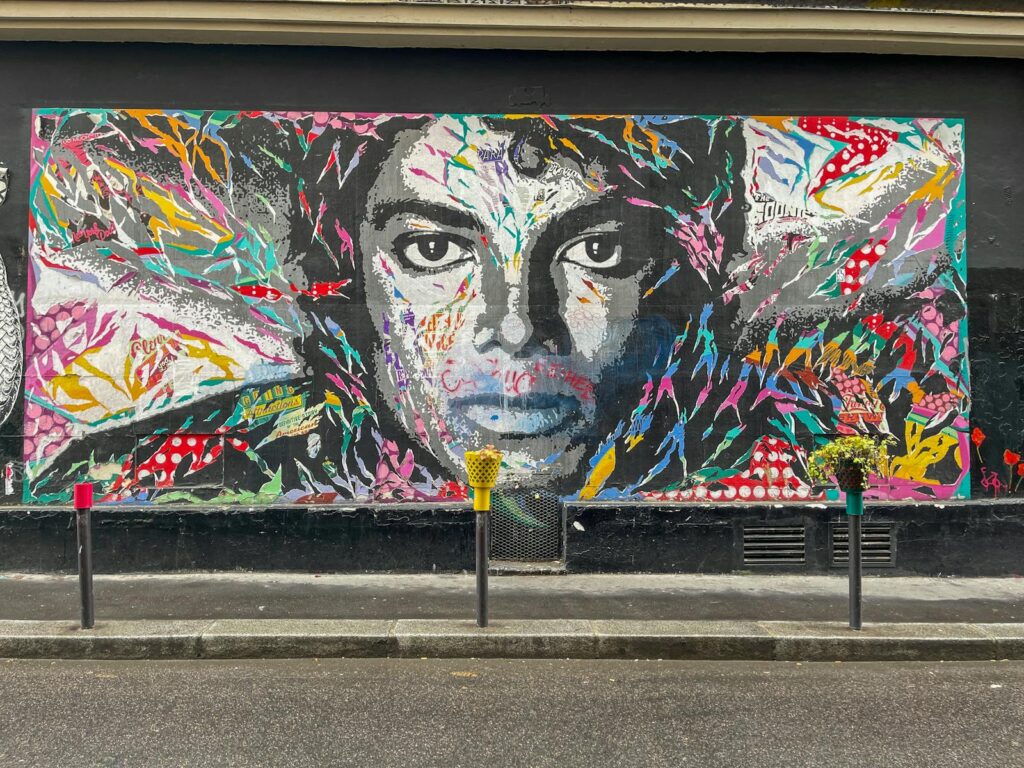
3. **A Canvas of Cosmetic Surgeries and Tattoos**Beyond the internal findings, Michael Jackson’s autopsy also brought to light the extensive visible traces of the numerous cosmetic surgeries he had undergone over the years. These were not just subtle enhancements but significant alterations that had left their indelible marks. Doctors discovered “two surgical scars behind his ears and two more on either side of his nostrils,” clear evidence of rhinoplasty and other facial procedures.
The sheer number of surgical scars continued beyond his face, with many found “at the base of his neck and on his arms and wrist,” all attributed to his various operations. It painted a picture of a man who had repeatedly gone under the knife, perhaps in an endless quest for physical perfection or to manage perceived flaws. The body was a roadmap of his attempts to reshape his appearance.
But the revelations didn’t stop at surgery scars. Jackson had also undergone some truly “strange cosmetic procedures,” including having his “lips tattooed pink.” Can you imagine that level of commitment to an aesthetic? While his “eyebrows were black tattoos,” and the front of his “scalp had also bizarrely been tattooed black to blend with his hairline.” These details underscore an intense, almost obsessive, desire to control his public image, right down to the smallest detail.
These body modifications, described as “odd aesthetic enhancements,” truly startled investigators and the public alike. They pointed to a profound level of body consciousness and a relentless pursuit of a specific look, utilizing every available means, from surgical interventions to permanent makeup. It was a testament to his dedication to his unique persona, even if it came at a significant personal cost.
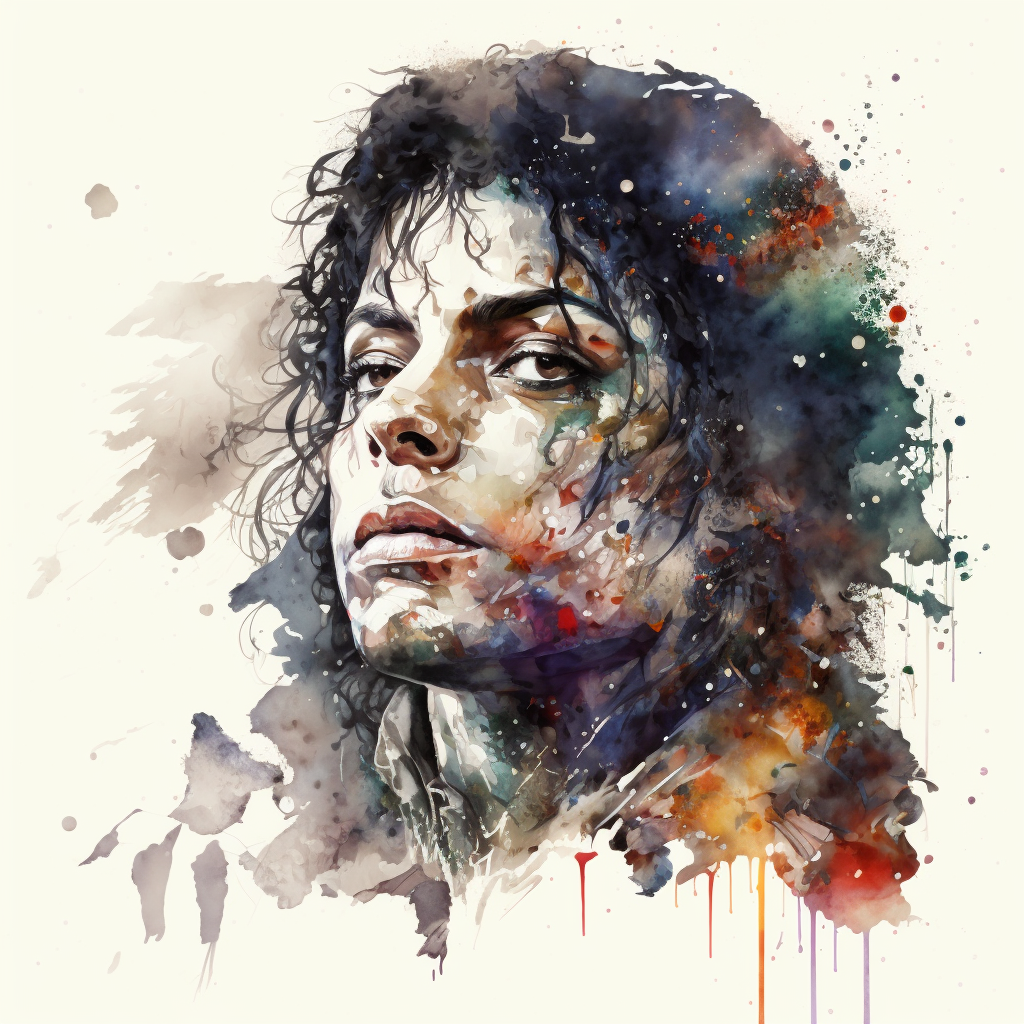
4. **The Truth About His Skin and Hair: Vitiligo and the Wig**Years of speculation about Michael Jackson’s changing skin color were finally laid to rest by the autopsy, which confirmed he did indeed suffer from the pigmentation disease vitiligo. Dr. Christopher Rogers, the medic who oversaw the autopsy, noted that Jackson had vitiligo, explaining, “So, some areas of the skin appear light and others appear dark.” This official confirmation put an end to countless rumors and gave insight into a private health battle.
But perhaps more disturbingly, the autopsy revealed a shocking truth about his iconic wavy, shoulder-length hair: it was a wig that had been glued onto his head. This was a detail that truly caught the public off guard, as his hair had been such an integral part of his image for decades. Beneath this elaborate facade, Jackson was found to be “completely bald apart from patches of ‘peach fuzz’ on his scarred scalp.”
The revelation of his baldness and the need for a wig was further emphasized by the source who spoke to The Sun, stating, “He was skin and bone, his hair had fallen out…” This stark image of his scalp, marred by scarring, painted a picture of vulnerability and hidden physical trauma. It was a detail that profoundly humanized the global superstar, exposing a deeply personal struggle with his physical appearance.
The permanent black tattoo on his scalp, designed to blend with his hairline, now made chilling sense in light of his underlying baldness. It was another layer in his intricate efforts to maintain a carefully constructed image, even as his body struggled with health issues. These findings allowed the world to finally understand the personal battles he faced, often in silence, concerning his appearance and health.
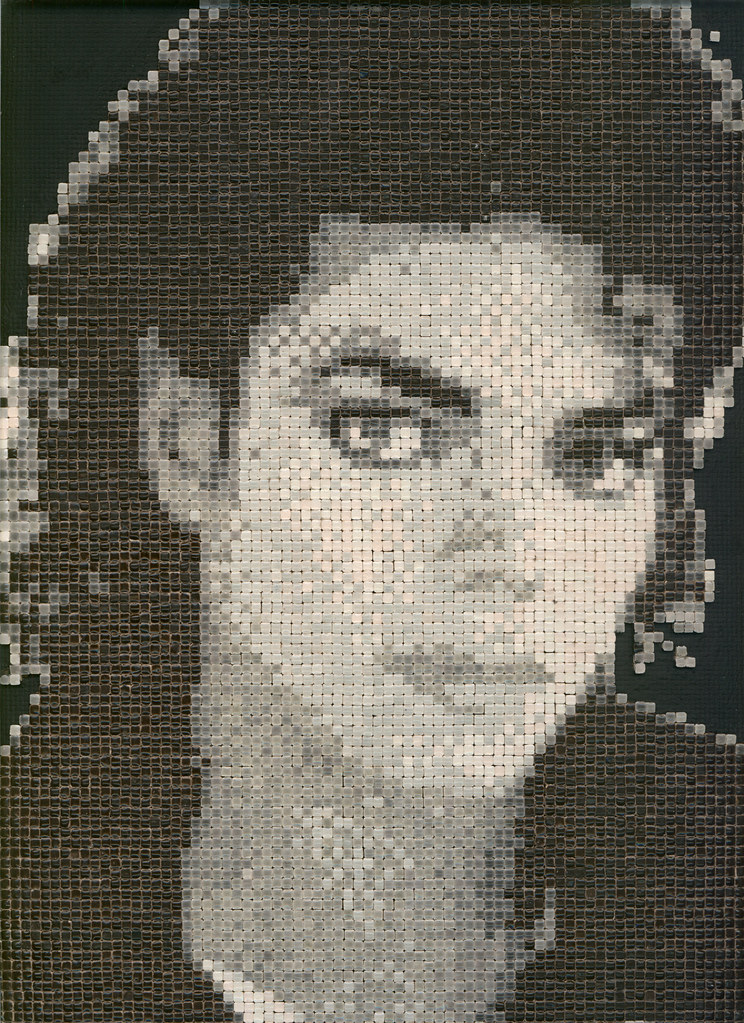
5. **The Devastating Pepsi Commercial Accident**The reason behind Michael Jackson’s scarred scalp and subsequent wig-wearing is believed to trace back to a devastating incident during the filming of a Pepsi commercial in 1984. This pivotal event, which left him with “second and third degree burns,” has often been speculated as the beginning of his harrowing pill addiction, a dependency that would ultimately prove fatal. It was a moment that changed the course of his life.
The shoot, which took place at LA’s Shrine Auditorium, required Jackson to dance down a short flight of stairs as fireworks were set off around him. However, a technical problem during the sixth take led to a terrifying accident: the pyrotechnics exploded too early, causing sparks to ignite Jackson’s heavily gelled hair. In a horrifying instant, his hair burst into flames, scarring the King of Pop both physically and emotionally.
The star was reportedly carried out on a stretcher, with a “bald, burning patch above his left ear clearly visible.” This traumatic injury necessitated severe painkillers to cope with the agony of the burns to his scalp and face. His brother, Tito Jackson, later confirmed to the Mirror: “He had been taking pain medicine because of the burns and evidently he got some kind of addiction from it.” This sheds light on the tragic origins of his later struggles.
This incident was more than just an accident; it was a turning point. The physical pain led to prescribed medication, which then spiraled into a dependency that would haunt him for the rest of his life. It’s a somber reminder of how a single, unforeseen event can trigger a chain reaction with profound and ultimately fatal consequences, underscoring the delicate balance of health and addiction.
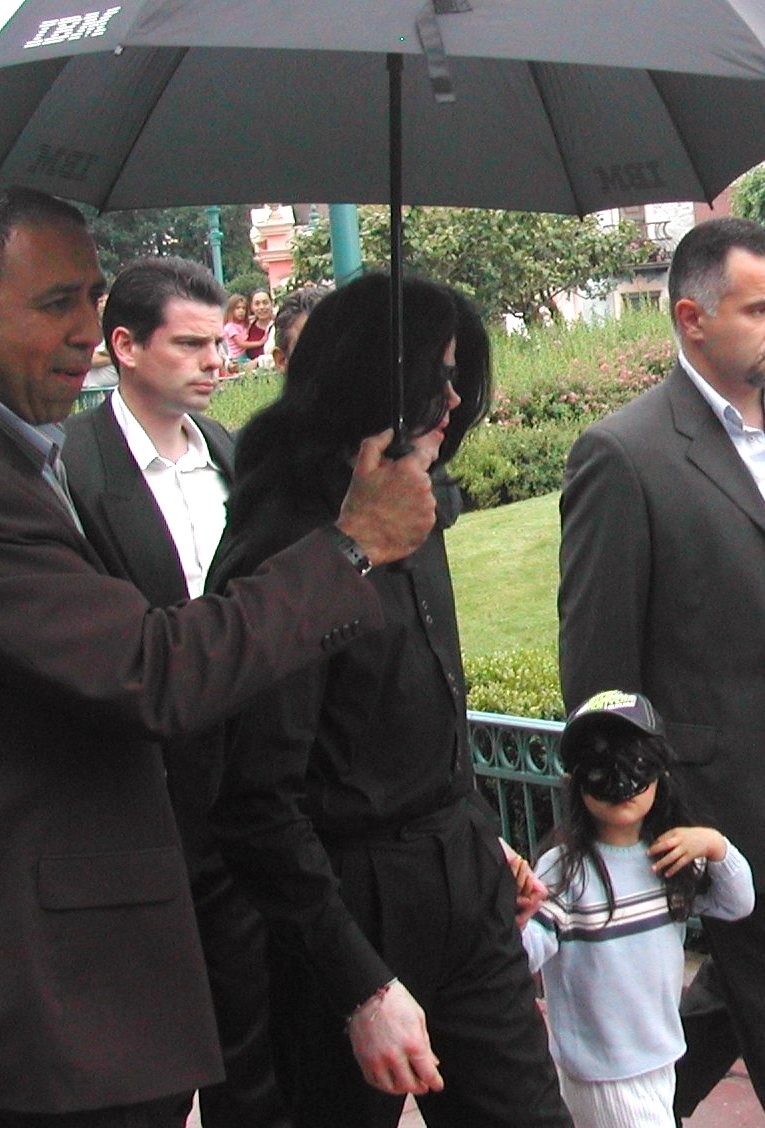
6. **The King of Pop’s “Rotting” Feet**Among the more shocking and previously unknown details to emerge after Michael Jackson’s death were the severe problems with his feet, which were ironically his “money-makers” with his iconic moves like the Moonwalk. Obsessed with privacy, Jackson had famously refused to let doctors anywhere near his feet, preferring to self-medicate with painkillers rather than allow professionals to examine his “twinkle toes.”
The reason for this extreme secrecy was a deeply distressing condition. Jackson was reportedly hiding a pair of “heavily deformed” feet, caused by “agonising callouses and a fungal infection so severe that it looked like his skin was rotting.” This horrifying description, provided by his physician Dr. Conrad Murray in his 2016 autobiography, This Is It, painted a picture of severe neglect and profound discomfort.
Murray recounted the extent of the issue, writing, “They were covered in callouses… and had an advanced chronic fungal infection. It turned out he always wore socks because he was so ashamed of the way his feet looked.” Imagine the King of Pop, known for his incredible dance moves, living with such a painful and embarrassing secret, constantly hidden beneath his trademark socks.
The doctor suggested a podiatrist, and a day after his feet were treated, Jackson was “amazed he could walk and dance without pain.” Murray then prescribed anti-fungal medications, which were a “complete success.” The fact that something “critical to him” was in such poor condition was a “sign not only had he neglected himself but those around him were not keeping a close eye on his wellbeing.” This powerful insight reveals a deeper issue of self-neglect and lack of adequate care during his final years, contributing to his reliance on painkillers.
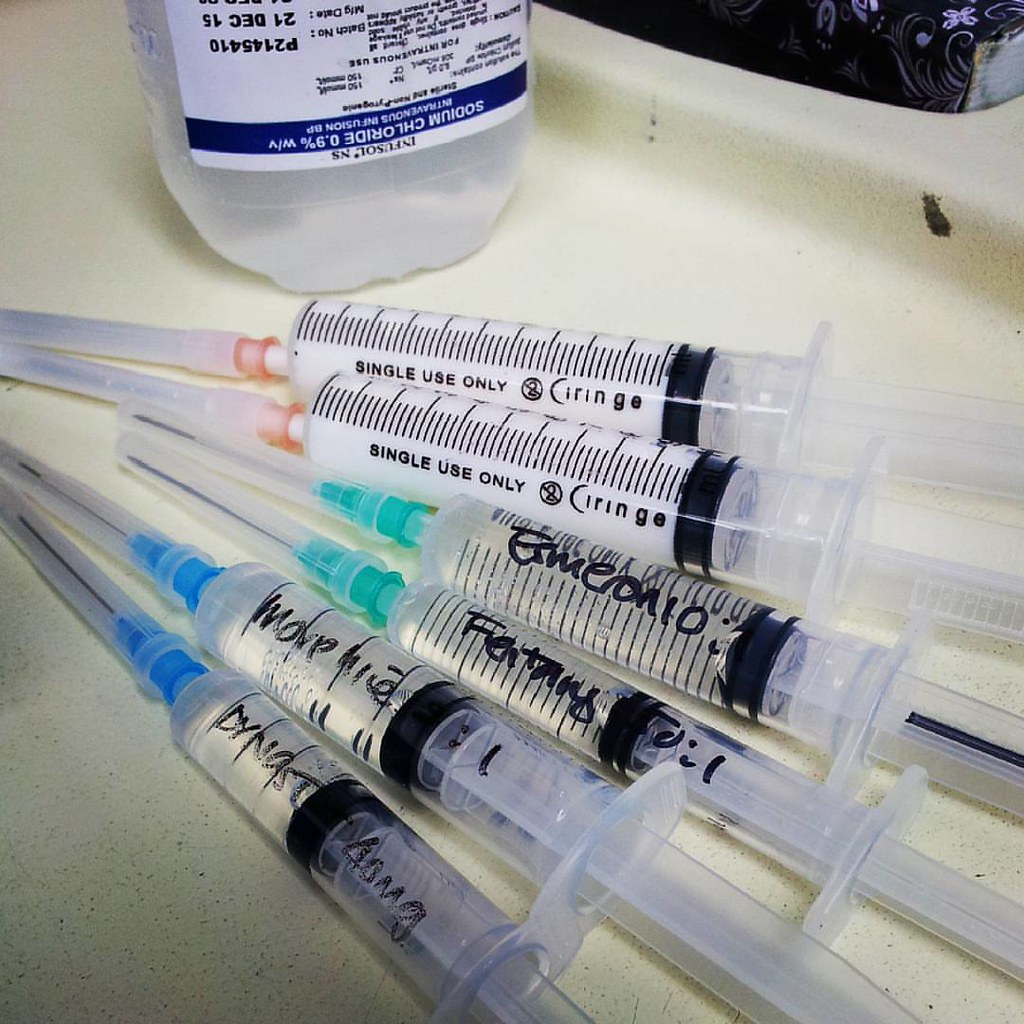
7. **Propofol: The “Milk” That Proved Fatal**Of all the substances found in Michael Jackson’s system and home after his death, one drug stood out as the immediate and ultimate cause: propofol. This powerful anesthetic, typically administered intravenously in hospitals to induce and maintain anesthesia during major surgery, was shockingly being used by Jackson as a sleep aid, a practice unheard of and highly dangerous outside of a controlled medical environment.
Jackson himself had a chilling nickname for the drug, referring to it simply as “milk” due to its opaque, milk-like appearance. The Los Angeles medical examiner’s final report unequivocally concluded that “Acute propofol intoxication” was the “immediate cause” of the 50-year-old star’s demise. This wasn’t just a contributing factor; it was the direct reason his heart stopped.
The amount of propofol detected in a toxicology screen was “similar to those found during general anesthesia for major surgery,” as reviewed by Dr. Selma Calmes. This level of drug in his system was clearly far beyond what anyone would use for mere sleep, highlighting the extreme and fatal misapplication of a potent anesthetic. It underscored the dangerous lengths Jackson went to combat his chronic insomnia.
Dr. Calmes, an anesthesiologist consulted by the coroner, emphasized the extreme risks, stating she knew of “no reports of its use for insomnia relief.” She warned that “The only reports of its use in homes are cases of fatal abuse – suicide, murder and accident,” and stressed that “Full patient monitoring is required any time propofol is given.” The presence of multiple propofol bottles, both opened and unopened, in his home painted a grim picture of unchecked access to a deadly substance.
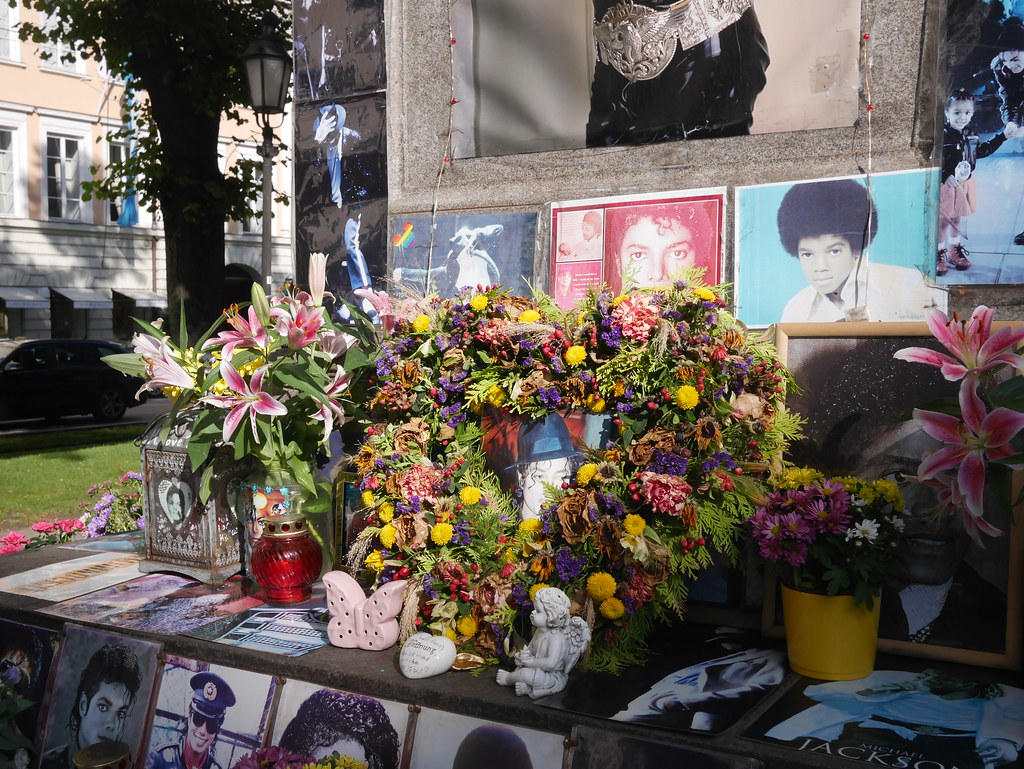
8. **Dr. Conrad Murray’s Controversial Role and Negligence**After Propofol was identified as the immediate cause of Michael Jackson’s death, all eyes turned to Dr. Conrad Murray, Jackson’s personal physician. Murray had been present at Jackson’s Holmby Hills mansion that fateful morning, and his account of events quickly came under intense scrutiny. It became clear that his actions, or inactions, played a critical and ultimately fatal role in the King of Pop’s demise.
Murray testified that he had left Jackson’s bedside to use the bathroom, only to return two minutes later and discover Jackson was not breathing and had a weak pulse. This brief, unsupervised interval, while Jackson was under the influence of a potent anesthetic, became a central point of contention. What’s more, Murray controversially delayed calling 911 for nearly an hour and a half, instead making several private calls on his cell phone, claiming he was hindered by not having a landline or knowing the house’s exact address.
When paramedics finally arrived, they found a scene that raised immediate red flags. Coroner’s officers described a “hospital-like scene around Jackson’s bed,” complete with “a green oxygen tank, prescription medications, medical supplies, a box of catheters, disposable needles and alcohol pads.” However, the grim reality was that “the oxygen tank was empty, equipment was disconnected and there were no monitors or a controlled infusion pump for intravenous administration of drugs.” This stark lack of proper medical protocols painted a devastating picture of negligence.
Further compounding the issue, Murray’s attempts at CPR were non-standard and likely ineffective. He reportedly performed chest compressions on the bed, rather than a hard surface, and used only one hand for compressions instead of the standard two. This cavalier approach to emergency care, combined with the delayed 911 call and the unsafe administration of propofol, highlighted a profound failure in his duty of care, setting the stage for the legal battles that would follow.
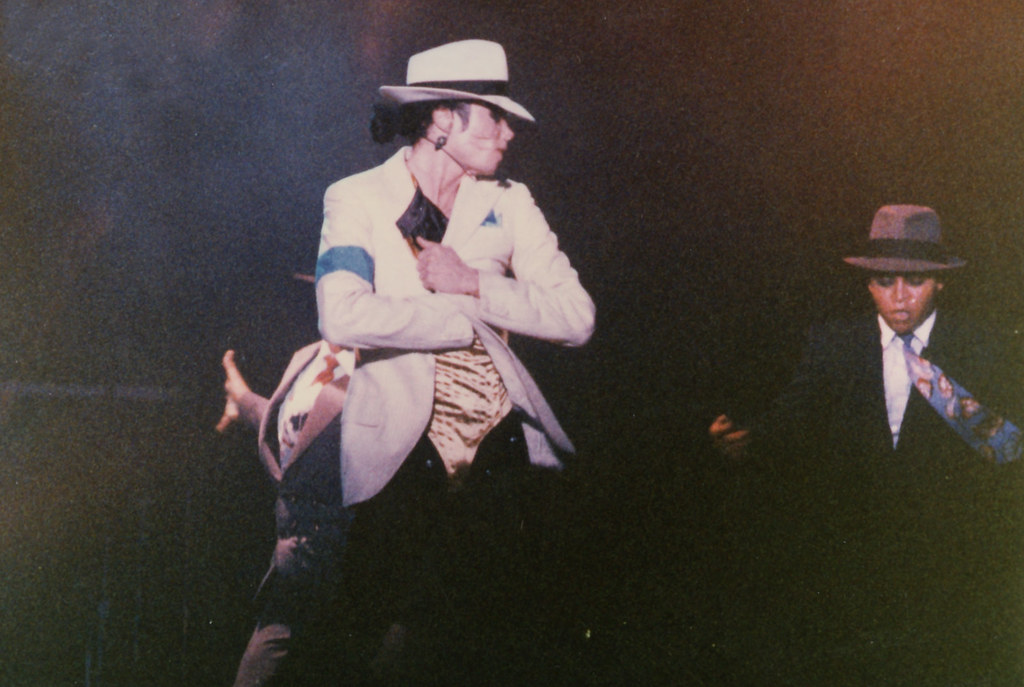
9. **The Conviction of Dr. Conrad Murray**The investigation into Michael Jackson’s death quickly escalated, and on February 8, 2010, prosecutors in Los Angeles formally charged Dr. Conrad Murray with involuntary manslaughter. Murray pleaded not guilty, and was released on a US$75,000 bail, but the legal wheels were already in motion for a highly publicized trial that would lay bare the final hours of the pop icon’s life.
The jury trial began on September 27, 2011, and captivated global audiences as details of Jackson’s fragile state, his reliance on Murray, and the doctor’s actions were meticulously presented. Evidence mounted, including Murray’s own admissions about administering propofol and leaving Jackson unattended, alongside expert testimony highlighting the extreme medical negligence involved in using a surgical anesthetic as a sleep aid in a private home without proper monitoring.
On November 7, 2011, after weeks of powerful testimony, Dr. Conrad Murray was found guilty of involuntary manslaughter. The verdict was a monumental moment, confirming the direct link between Murray’s medical practices and Jackson’s tragic passing. He was immediately held without bail, awaiting a sentence that many felt was a long time coming.
On November 29, 2011, Murray received the maximum sentence of four years in prison. However, due to California prison overcrowding and good behavior, he was released early on October 28, 2013, serving just under two years. Despite the conviction, Murray has consistently maintained his innocence, continuing to assert that he was not responsible for Jackson’s death, a stance that has remained controversial among fans and legal observers alike.
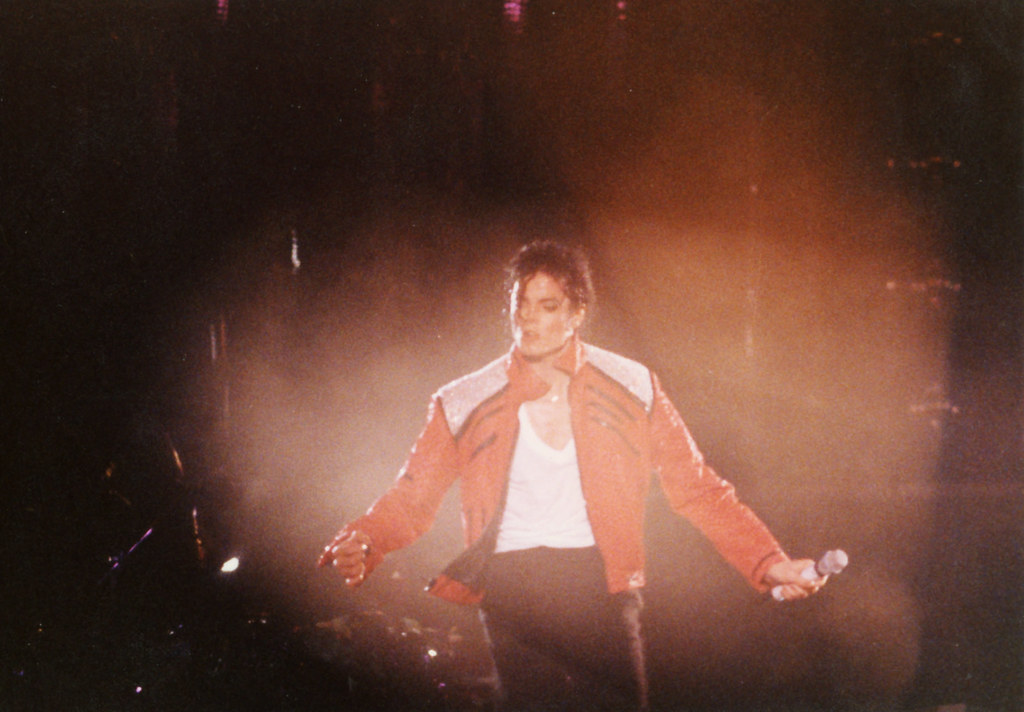
10. **The Dangerous Cocktail of Other Medications**While propofol was the undisputed “immediate cause” of Michael Jackson’s death, the autopsy and subsequent investigation revealed that his system contained a bewildering array of other potent medications. This “fatal cocktail,” as it was described, painted a grim picture of a body overwhelmed by drugs, reflecting a profound and long-standing dependency far beyond just one substance. It truly makes you wonder how his body endured so much for so long.
Jackson’s blood toxicology screen didn’t just show propofol; it also detected lorazepam, midazolam, diazepam, lidocaine, and ephedrine. Lorazepam, an anxiolytic (anti-anxiety) benzodiazepine, and midazolam and diazepam, both sedatives, were all present. Lidocaine, a local anesthetic, was reportedly used by Murray to dilute the propofol. Ephedrine, a stimulant often used for conditions like narcolepsy or depression, added another complex layer to the mix, demonstrating a battle with various symptoms.
Investigators went on to discover an astonishing collection of prescription drugs at Jackson’s £15million rented mansion. These included anti-anxiety medications like diazepam and lorazepam, and temazepam for insomnia—all reportedly prescribed by Dr. Murray. There were also clonazepam for panic disorders, the antidepressant trazodone, and muscle relaxants tizanidine and zanaflex. What’s more, some of these drugs had labels made out to fraudulent names, while others were completely unlabeled, suggesting a clandestine and unregulated access to powerful pharmaceuticals. This sprawling cache of medications revealed a desperate and dangerous cycle of drug seeking, underscoring the severity of his alleged addiction and the perilous environment that ultimately contributed to his tragic end.
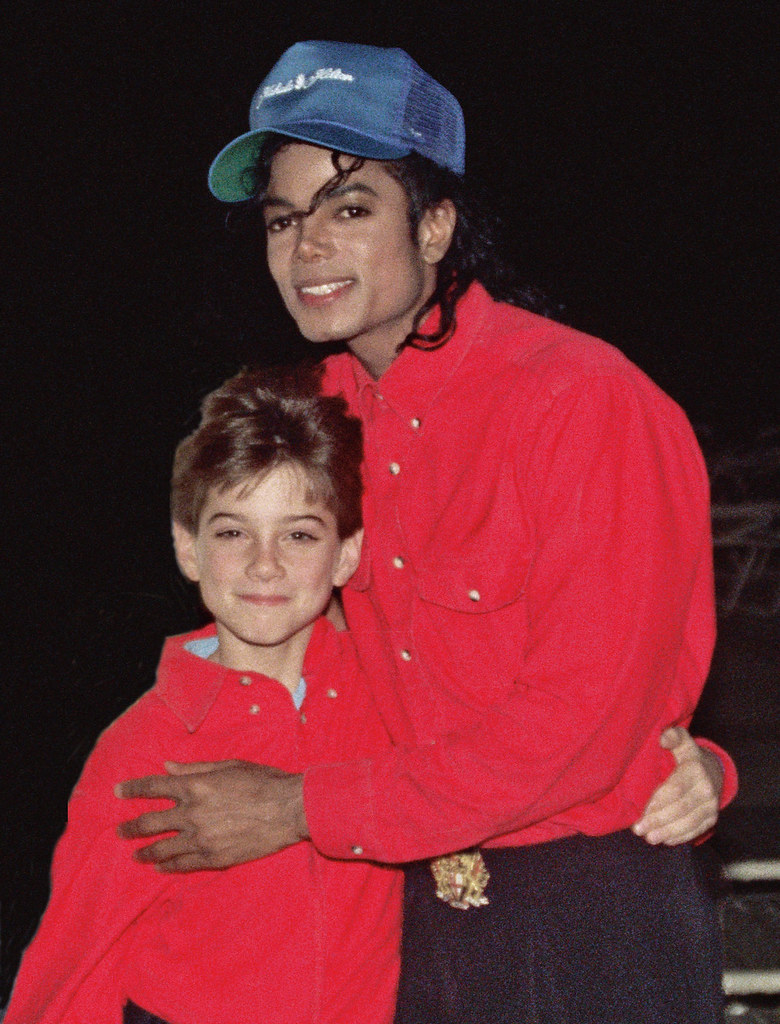
11. **The Chilling Allegations from “Leaving Neverland”**Among the many post-mortem revelations about Michael Jackson, perhaps none were as profoundly disturbing or as fiercely debated as the allegations presented in the 2019 documentary “Leaving Neverland.” This film, released years after his death, reignited controversies surrounding his personal life and cast a long, dark shadow over his legacy, forcing fans and the public to grapple with deeply unsettling claims.
The documentary features two of Jackson’s former proteges, James Safechuck and Wade Robson, who come forward to share their harrowing accounts. They claim they endured ongoing sexual abuse from Jackson throughout the 1980s and 1990s, detailing their experiences from childhood into adolescence. Their testimonies, presented with raw emotional impact, brought a new wave of scrutiny to the King of Pop’s relationships with young boys who frequented his Neverland Ranch.
These allegations were particularly “troubling” because they emerged at a time when Jackson was no longer alive to defend himself against the accusations. For many, it complicated the ability to separate the artist from the man, forcing a re-evaluation of his entire public persona and private life. The film sparked intense public discussion, polarized opinions, and led to a significant re-examination of media portrayal and the complexities of celebrity.
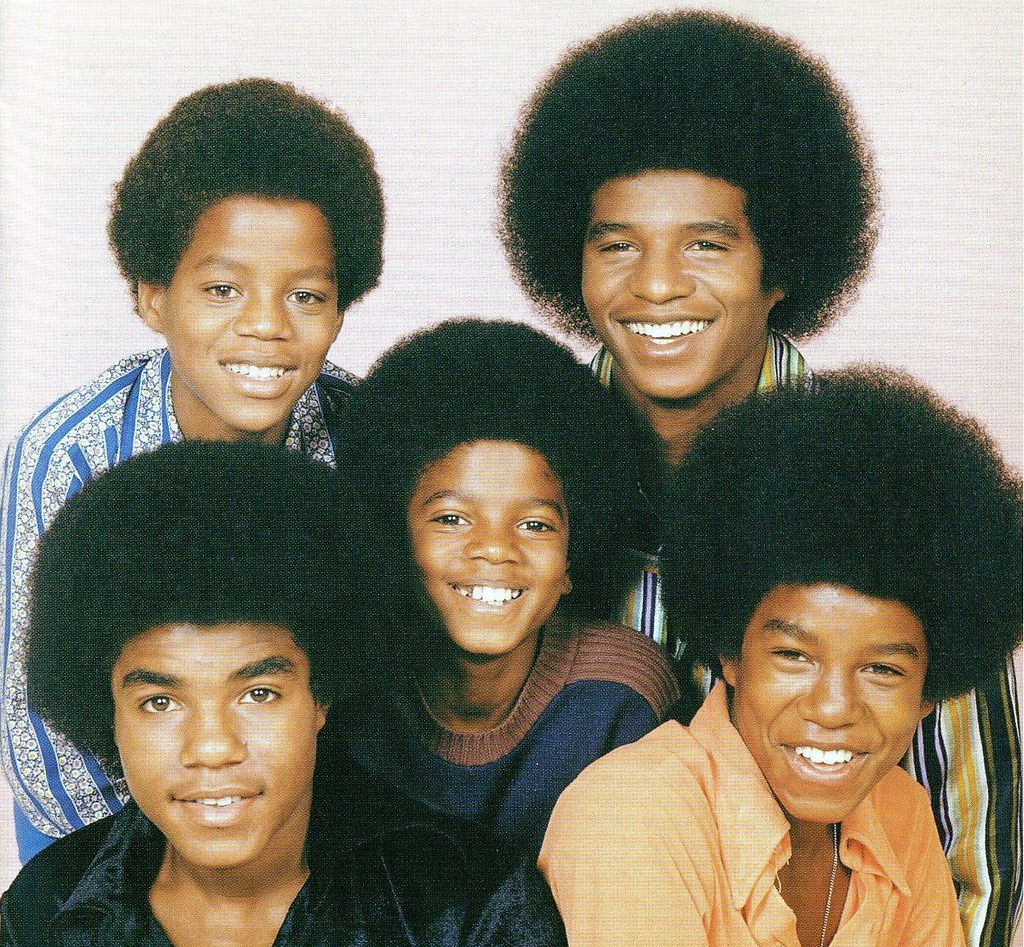
12. **Family Concerns and Attempts at Intervention**The Jackson family, devastated by Michael’s sudden death, quickly voiced their profound concerns and suspicions about the circumstances surrounding his passing. Their initial statement conveyed their “speechless and devastated” grief, but soon, specific allegations began to emerge, painting a picture of a family worried not just about their beloved son and brother, but also about the people and forces influencing his life.
La Toya Jackson, Michael’s sister, went as far as publicly stating her belief that her brother “was murdered for his music catalogue,” suggesting a sinister conspiracy behind his death. This sentiment was echoed in broader family concerns about the role of AEG Live, the promoter for his “This Is It” comeback concerts, in the final weeks of his life, questioning the pressures he was under and the medical care he received.
His father, Joe Jackson, even filed a complaint with the California Medical Board. He alleged that AEG Live was “illegally practicing medicine” by demanding that Dr. Conrad Murray get Michael off various medications. The complaint also controversially claimed that AEG Live “failed to provide the resuscitation equipment and nurse which Murray had requested,” shining a harsh light on the corporate involvement in his personal health.
Beyond the immediate aftermath, there were revelations of earlier attempts by the family to intervene. His sister Janet Jackson claimed that the family tried to stage an intervention in early 2007 when Michael was living in Las Vegas. However, she alleged they were “turned away by security guards who were ordered not to let them enter,” and it was rumored he had refused phone calls from his mother, although the family later denied the intervention attempt. This glimpse into the family’s struggles underscored a tragic sense of helplessness in the face of his growing isolation and dependency.
Read more about: Craving Food? 14 Restaurant Chains We’re Definitely NOT Visiting Anymore (And Here’s Why!)
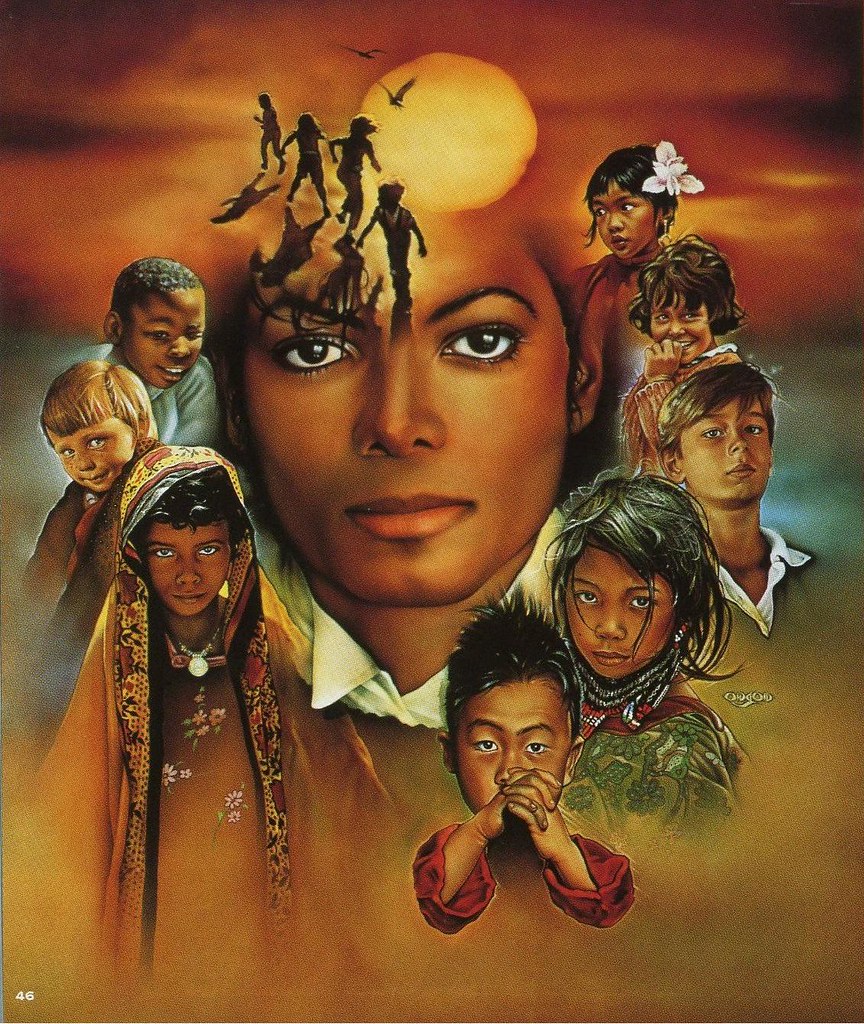
13. **Neglect and the Quest for Sleep: A Deeper Dive into Dependency**Michael Jackson’s relentless quest for sleep and his subsequent drug dependency were not isolated incidents but rather a chronic battle that spanned years, profoundly impacting his health and wellbeing. His long-suffering insomnia led him down a dangerous path, continually seeking pharmaceutical solutions that ultimately became his undoing. It paints a picture of a man desperately seeking respite from a mind that wouldn’t switch off.
This wasn’t just a recent issue preceding his death; the context reveals a pattern. Cherilyn Lee, a nurse practitioner who had worked as Jackson’s nutritionist, recounted his request for propofol in May, stating she refused and advised him to go to a hospital when she overheard him complaining of strange symptoms. Even Arnold Klein, his dermatologist, mentioned that Jackson had used an anesthesiologist to administer propofol to help him sleep while on tour in Germany during the “HIStory World Tour” in 1996 and 1997. This clearly indicates a deeply ingrained, long-term reliance on powerful anesthetics for rest.
The poignant details about his “rotting” feet, which Jackson hid due to shame and self-medicated, offer a crucial insight into a broader pattern of self-neglect. Dr. Conrad Murray astutely observed that the poor condition of something “critical to him” like his feet was “a sign not only had he neglected himself but those around him were not keeping a close eye on his wellbeing.” This powerful statement truly makes you pause and consider the systems of care, or lack thereof, that surrounded the star.
Eugene Aksenoff, another physician who had treated Jackson, also expressed significant concern about his various drug uses, noting that Jackson asked for stimulants to get through demanding performances, which Aksenoff refused to prescribe. He recalled Jackson suffering from “chronic fatigue, fever, insomnia, and other symptoms,” taking “a large amount of drugs,” and even suspected “excessive use of steroids or other skin-whitening medications.” These accounts paint a heartbreaking portrait of a man battling profound health issues and deep-seated drug dependency, often in alarming secrecy and isolation.
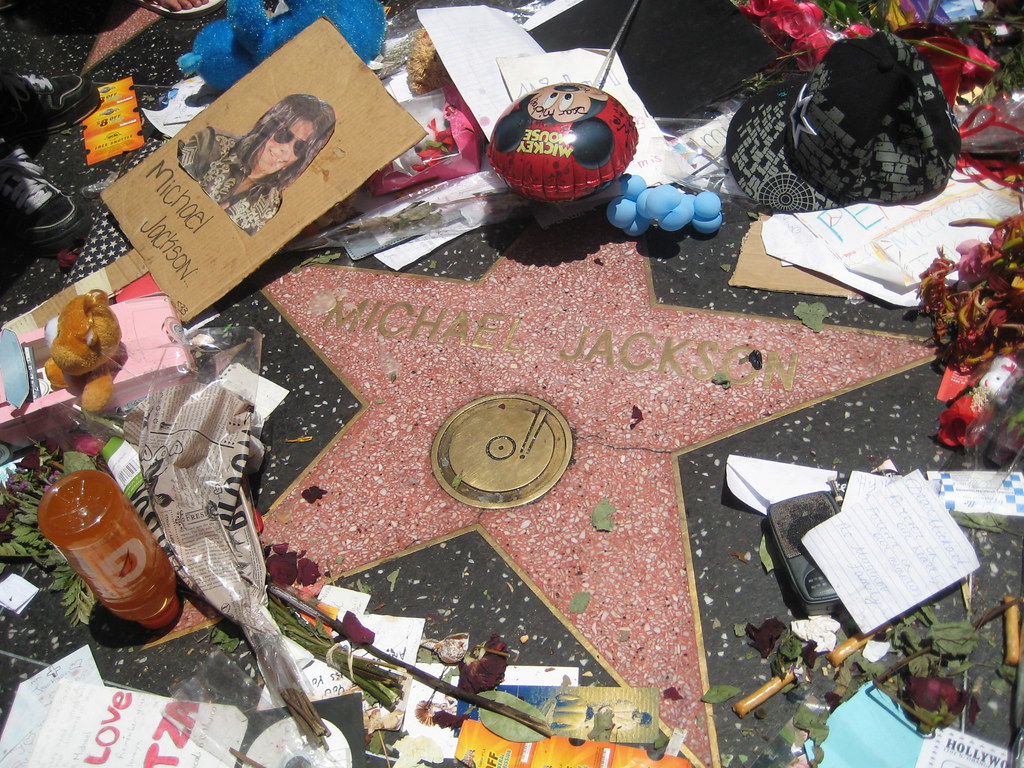
14. **The Posthumous Impact: Unprecedented Grief and Lasting Legacy**When Michael Jackson passed away, the world erupted in a wave of unprecedented grief and shock. His death was more than just the loss of a pop star; it was a cultural earthquake. Millions of fans grieved “in the streets and on the internet,” as ABC News reported, creating an outpouring of emotion that truly transcended borders and demographics. It showed just how deeply he had touched lives across the globe.
The scale of his global impact was undeniable, culminating in a televised “public memorial on July 7” that, according to the Chicago Tribune, “raked in over 1 billion viewers.” His star on the Hollywood Walk of Fame became an immediate focal point, covered with flowers and tributes, while online traffic surged to unprecedented levels and sales of his music spiked dramatically. This period was a powerful testament to the enduring, almost mythical, status he held in the hearts of millions.
Beyond the immediate emotional outpouring, Jackson’s posthumous legacy also solidified into a formidable financial empire. In 2010, Sony Music Entertainment struck a colossal US$250 million deal with Jackson’s estate, securing distribution rights and planning for seven posthumous albums. While only two were ultimately released, this massive agreement showcased the incredible, enduring commercial power of his artistry, even after his death.
Despite the grim and often disturbing revelations that emerged about his private struggles, medical conditions, and alleged dependencies, Michael Jackson’s music, artistry, and cultural influence continue to resonate. His posthumous story is a complex tapestry—woven with threads of groundbreaking talent, personal torment, and an unparalleled global connection—ensuring that the King of Pop, with all his complexities, remains an indelible icon in the annals of history.


